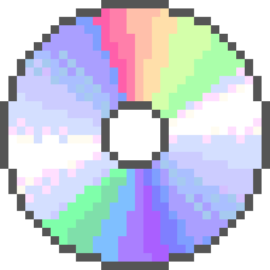Tenday Notes 1 June - 10 June 2022

Every ten days or so, I share a quick digest of what I've been working on and reading. Here's the latest. More in the series here.
The last couple of weeks have been buuusyyyy so let's get straight into it today.
At Possible, the solutions-focused climate charity that I work for, we just relaunched our Car Free Stories map, which includes a bunch of case studies of cities across the world reducing traffic through all kinds of systems.

We've now got 24 stories on the map, with new additions including Birmingham, Kigali, Curitiba, Bristol, Curitiba, Berlin, Pontevedra and Tallinn. You can navigate through the stories with a whizzy scrollytelling layout I put together, built on Scrollama and Mapbox.
If you know of an awesome example of a car-free initiative in a city near you (especially if it's a city outside of Europe, which currently dominates the map), then please fill out this form so we can include it in the next update. Thanks!
We also released another bit of work, a trio of maps sonifying noise pollution in London, Paris, and New York for our Car Free Megacities campaign. This was a collaboration with the amazing Karim Douïeb, based on a similar map of Brussels that he made a few years back - I handled the data and words for this one, and he handled the code.

It's had some great press coverage - both nerdy (Flowing Data, Google Maps Mania) and populist (The Metro, The Daily Mail), and I'm really happy that (a) it's having such an impact, and (b) I was able to sneak the word "sonification" into the Metro.
Check out the full experience here, and make sure you pick the "with sound" option.
I'm going to be speaking about "The Future of Data Visualization" at the VisComm2022 workshop at IEEE VIS this year, alongside Mike Bostock, Jessica Hullman, Sheelagh Carpendale, and Alvitta Ottley.
🎇🎇🎇🎇🎇🎇
— VisCommWkshp (@VisWkshp) June 2, 2022
We're excited to announce call for papers for the 2022 VisComm workshop at the IEEEVIS conference! We'll kick things off with an awesome panel on the future of data visualization. Check out the website for the full call, due dates, and more! https://t.co/ya0symeYrh pic.twitter.com/sxc66w47Po
It should be a fun session. I'll be talking about the potential of sonification to reach audiences in new ways (see above), as well as the enduring importance of storytelling as a crucial component of dataviz.
You can find out more about the online workshop, as well as submit papers and case studies to be included, over on the IEEE VIS website.
It has been really fun seeing people getting their hands on the Loud Numbers VCV Rack module and making sonifications with it. I particularly liked this creative sonification of the performance of the Manchester United football club over the past two seasons, using multiple copies of the module to sonify different associated datasets, some of which trigger samples.
Man United's xGD (expected goal difference) over the past two seasons, sonified using @loudnumbers' vcv rack module. xGD is mapped to the synth which gets higher with positive values, lower and more distorted with -ve values #DataAnalytics #sonification pic.twitter.com/iev2PWaE7j
— Pie Are Squared (@PieRSquared237) June 1, 2022
I've been making some small fixes on the backend in response to user issues. I've figured out how to get C++ to treat null values in the data as null values, rather than setting them to 0. I've also fixed a few pesky bugs, including one related to reading UTF-16 encoded files. I've released a new version, which should be updated in the library soon.
There are still a few features I'd like to add. One is a simple trigger that fires when the data reaches its end. Combined with the existing "reset" input, this will allow the user to choose whether the module automatically loops or not. Another is control over the start point, and potentially the length of the data that's played. Bit more tricky there.
Once those are added, I'll probably need to redesign the front panel to fit in some extra knobs and jacks. So that'll happen at some stage too. But it's nice to have a solid set of goals to work towards.
You know on a plane during the safety demonstration when they tell you to pull on the mask to start the flow of oxygen?
You might have imagined that you would be pulling out a plug that's connected to a big tank of oxygen. But it's actually an oxygen candle - a mixture of sodium chlorate, barium peroxide and iron powder that burns at 600C and produces oxygen in the process. There's a diagram of how it works on Wikipedia.
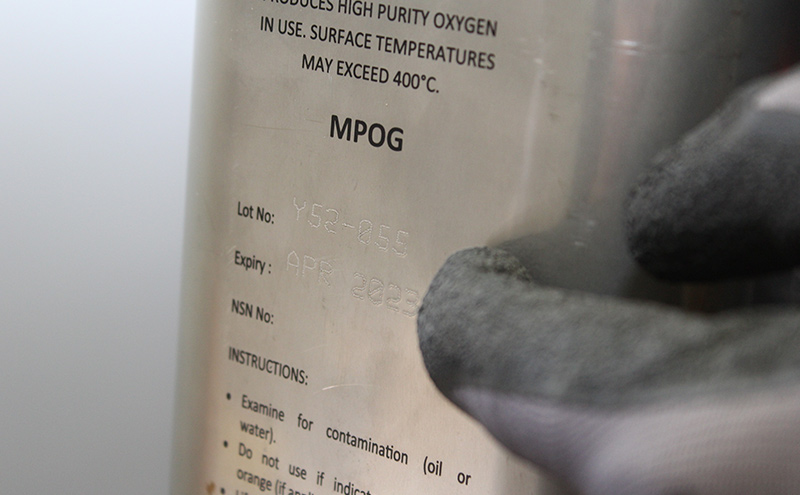
As well as airlines, they're also used by miners, on nuclear submarines, and even in spacecraft for emergency situations (there are a bunch on the ISS). Why? Because a tank of oxygen or compressed air can leak or be tampered with, whereas an oxygen candle lasts indefinitely (if stored correctly) without needing any maintainence or checking, and can't be tampered with without setting it off.
I just learnt about the Ethiopian time system, which runs a 12-hour clock that goes from dawn to dusk and then dusk to dawn.
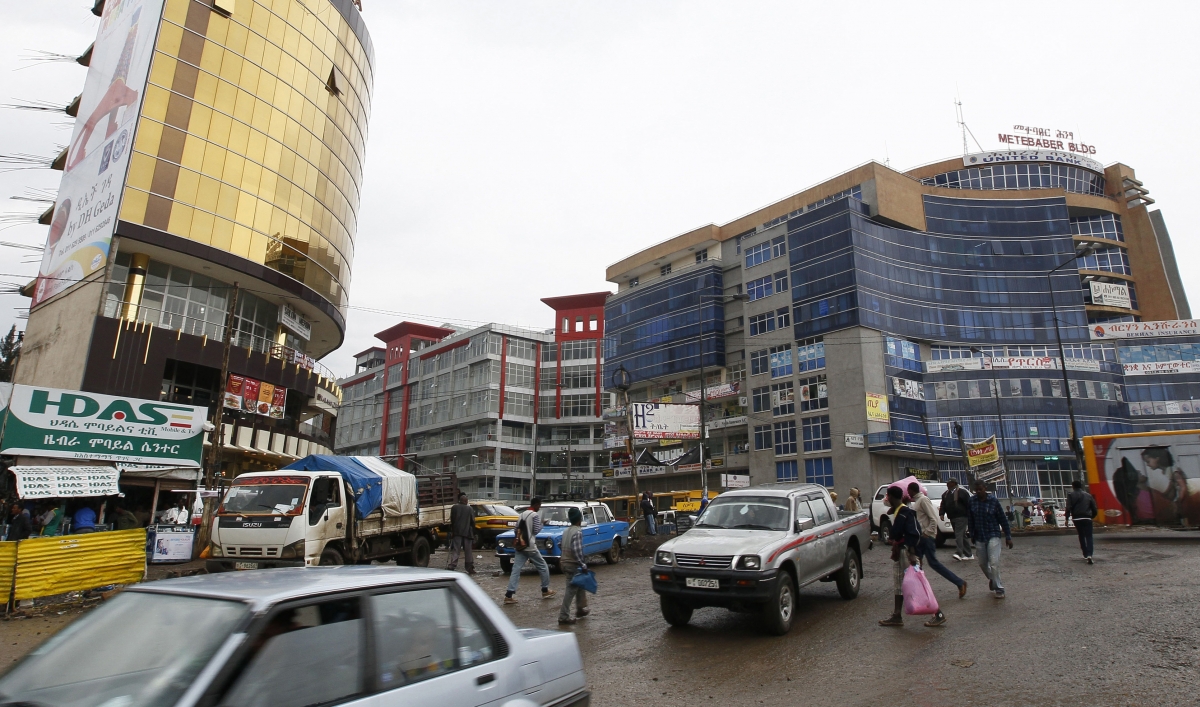
Relatedly, "Anywhere on Earth (AoE) is a calendar designation which indicates that a period expires when the date passes everywhere on Earth."

One area of technology that is moving very fast right now and doesn't seem to be destroying the planet or our societies (yet) is computational image generation. You might have seen mention of Midjourney or DALL-E on the web, recently, accompanied by weirdly photorealistic pictures. We've come a long way since DeepDream.
The skill in working with these tools is in writing good prompts - giving the machine the right words to get what you want, and not ones that'll lead it in the wrong direction. I imagine it's the same challenge that faced Victorian occultists writing incantations, trying to get demons to do what they want and not what they don't want.
Astral Codex Ten has just published a great blog post talking about the dark art of writing good prompts, through the lens of trying to create a twelve-part stained glass window depicting the Virtues of Rationality. It's a fun read, and very accessible to folks who don't know anything about this technology. Warmly recommended.
I think what’s going on here is - nobody depicts a moose in stained glass. A man scrying the heavens through a telescope is exactly the sort of dignified thing people make stained glass windows about. A moose isn’t. So DALL-E loses confidence and decides you don’t really mean it should be stained glass style.
Read the whole post here.

On the subject, It's also worth skimming Robin Sloan's notes on the AI Art genre, of which he's been an enthusiastic participant in the last couple of years. He summarises the whole thing as "I see what you did there."
That’s the paradox of AI art: it leverages access to the spigot of infinity to produce a sense of scarce invention. In an overstuffed audiovisual landscape, it’s the “AI” and not the “art” that provides a reason to look at this and not that, listen to this and not that.
AI art recalls the early days of synthesizers, perhaps; what was Switched-On Bach if not “I see what you did there”? I hope that analogy is right, because the synth provides a healthy, sustainable template for this genre. Ubiquitous and unremarkable, controllable and hackable, with flavors ranging from fully corporate to gloriously DIY … I’m realizing, as I type this, that synthesizers might be one of the truly utopian technologies.
Many AI artists avidly metabolize each new technique or model as it appears, rushing headlong to plumb its new capabilities, last season’s cast aside. The objects of our fascination are often research papers and Colab notebooks, not “products”, but even so, this pattern fits (a bit too) comfortably into the tech economy of subscription everything, “accept upgrade”, a new phone every year. I hope to see more AI artists identify a technique or model they love and stick with it, even as the state of the art advances, leaving them behind. I don’t mean that in a crusty, regressive way; the vibe is not “640K ought to be enough for anybody.” I just want to suggest that it’s fun and satisying to form attachments to specific tools; to get good!
Here's the whole thing.

I'm just about old enough to remember when videogames came in boxes, rather than DVD cases or websites. So I loved this gallery of and article about the bizarre and unusual box designs of Hock Wah Yeo.
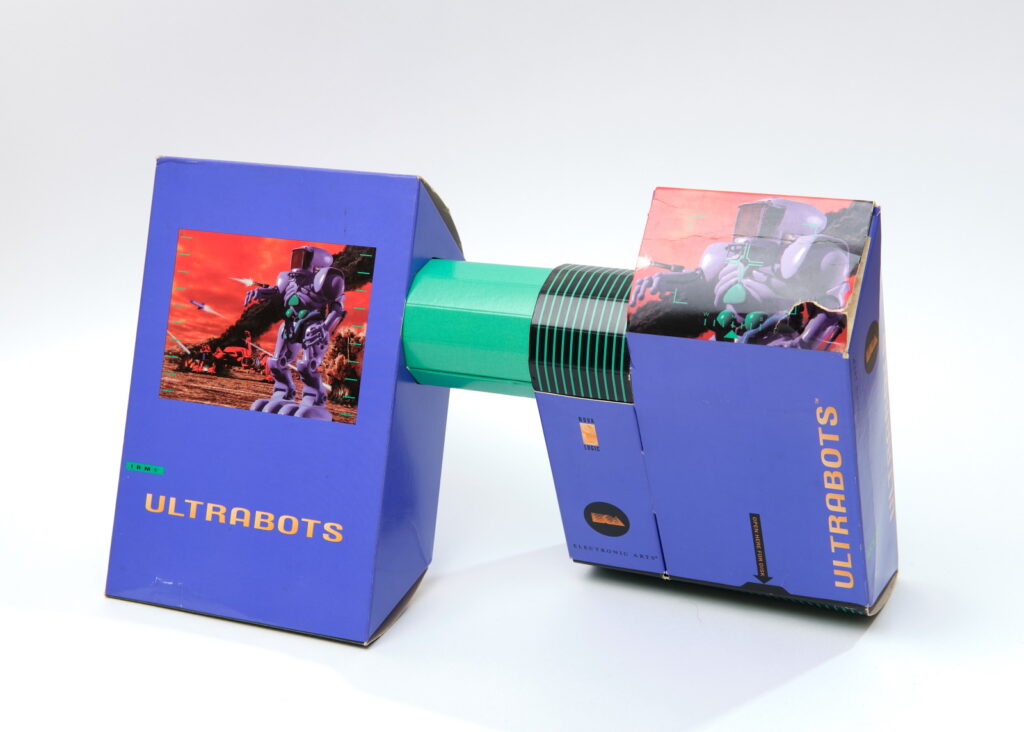
Neoscore is a python library for notating music in a graphics-first paradigm, allowing it to go far beyond the rules of traditional notation.
An interesting way to create generative music notation, perhaps? Thanks to Oliver for making me aware of this!

Finally, if you're curious how two years of supply chain disruptions are affecting small and mid-size electronics manufacturers, this thread from Brian Crabtree at Monome is a fascinating read.

I had no idea how bad things had got:
We have not been able to get the STM32 microcontroller used in the Crow (and Grid) for well over two years now, and all estimates are “unknown” (the words from various sales reps I’ve spoken to). Since we’ve sold out and also exhausted our backup-repair-stock, if someone contacts us with a hardware-related break-- for example, somehow the STM32 is fried-- there’s basically nothing we can do.
Also this:
Companies making expensive machinery (ie, heavy large tractors) have a pretty strong financial incentive to engage in edge procurement techniques. Such as, purchasing large quantities of new stock consumer goods (think, appliances) which contain a specific needed semiconductor, extracting that part for use, and discarding the rest. Acquiring a single part puts the remaining unused components into higher demand: a sort of avalanche effect (not to mention the huge amount of waste, since generalized recycling of e-waste still doesn’t “make sense” short of harvesting a small range of known high-value parts.)
It's hard to see a short or even medium-term solution. So consider being more careful with your electronics.
I’d like to instill this message, as strongly as possible: your machines are [no longer] easily repairable. They may be incredibly difficult (interpret: expensive) or impossible to repair. Please let this inform your treatment and expectations of the machines in your life.
See again you in ten days.
- Duncan
